Frederick Gordon Crosby (British, 1895-1943). Oil on canvas, a 1930s motor racing scene depicting two cars, number 22 and number 53, with car number 22 narrowly in the lead on a hilly course, signed F. Gordon Crosby / 1933 l.r.; 21.5 x 27.5 in. (sight). Gordon Crosby is one of the most significant and prolific motor racing artists, and his works are highly collectible. He worked a short time in the Daimler drawing office before joining the staff of the British weekly magazine The Autocar around 1907 or 1908. Throughout the early decades of the 19th century he worked primarily as an illustrator for The Autocar. Photography was not yet used for such publications, so it was Gordon Crosby’s art that brought the races to life for eager readers each week. Time was of the essence when working with such a rapid publication schedule, so most of Gordon Crosby’s known works are drawings in various media on paper: pen-and-ink, pen-and-wash, gouache, or charcoal. However, he was also a talented painter and sculptor. His oil paintings, especially those of motoring, were usually reserved for special commissions such as racing posters. The majority of the artist’s oil paintings are World War I aircraft (Gordon Crosby worked with the Air Ministry during the war to produce technical drawings of crashed German aircraft to benefit Allied intelligence). Gordon Crosby was one of multiple illustrators that traveled the racing circuit, but his work established “the standard by which all motoring artists would be judged”. This reputation is all the more impressive considering that Gordon Crosby was a self-taught artist. He is credited with pioneering the use of the exploded drawing (a technical drawing or diagram to show the assembly order of various parts) and the technical cutaway (the removal of a portion of the exterior of an automobile make the internal workings visible). In addition, his ability to translate the thrill and drama of a race with its roaring engines and speeding machinery is unrivaled. Racing writer W.F. Bradley traveled frequently with the artist to races and motor shows and reflected on his abilities, “It was an education to watch him work at these shows. He would stand imperturbably in a crowded gangway, a sketchbook precariously balanced against his body, producing perfect lines such as few men could draw in the seclusion of a studio.” During his lifetime and for decades after his death, his works were widely considered to be mere illustrations rather than collectible artwork. Many of his original works of art were destroyed or discarded after their publication, adding to the value of the surviving works. It was not until the late 1960s and early 1970s when an editor at The Autocar, Peter Garnier, began to take interest in Gordon Crosby that his work was seen in a new light. Garnier became the expert on the subject and began efforts to document and preserve remaining artwork at the magazine, culminating in the publication of a 1978 monograph The Art of Gordon Crosby. Gordon Crosby’s remaining original works of art add a layer of richness to his lasting legacy. Motoring journalist and Autocar columnist Eoin Young praises Gordon Crosby as an “illustrator with such outstanding creative and artistic ability that he is able to raise his pictorial records into works of art—to put a whole lot more into his illustrations than the job requires.” Bibliography: Eoin Young, “The Motoring Art of Gordon Crosby,” New Zealand Classic Car Magazine, issue 195, 18 February 2010. Condition: Not examined outside of frame.
Frederick Gordon Crosby (British, 1895-1943). Oil on canvas, a 1930s motor racing scene depicting two cars, number 22 and number 53, with car number 22 narrowly in the lead on a hilly course, signed F. Gordon Crosby / 1933 l.r.; 21.5 x 27.5 in. (sight). Gordon Crosby is one of the most significant and prolific motor racing artists, and his works are highly collectible. He worked a short time in the Daimler drawing office before joining the staff of the British weekly magazine The Autocar around 1907 or 1908. Throughout the early decades of the 19th century he worked primarily as an illustrator for The Autocar. Photography was not yet used for such publications, so it was Gordon Crosby’s art that brought the races to life for eager readers each week. Time was of the essence when working with such a rapid publication schedule, so most of Gordon Crosby’s known works are drawings in various media on paper: pen-and-ink, pen-and-wash, gouache, or charcoal. However, he was also a talented painter and sculptor. His oil paintings, especially those of motoring, were usually reserved for special commissions such as racing posters. The majority of the artist’s oil paintings are World War I aircraft (Gordon Crosby worked with the Air Ministry during the war to produce technical drawings of crashed German aircraft to benefit Allied intelligence). Gordon Crosby was one of multiple illustrators that traveled the racing circuit, but his work established “the standard by which all motoring artists would be judged”. This reputation is all the more impressive considering that Gordon Crosby was a self-taught artist. He is credited with pioneering the use of the exploded drawing (a technical drawing or diagram to show the assembly order of various parts) and the technical cutaway (the removal of a portion of the exterior of an automobile make the internal workings visible). In addition, his ability to translate the thrill and drama of a race with its roaring engines and speeding machinery is unrivaled. Racing writer W.F. Bradley traveled frequently with the artist to races and motor shows and reflected on his abilities, “It was an education to watch him work at these shows. He would stand imperturbably in a crowded gangway, a sketchbook precariously balanced against his body, producing perfect lines such as few men could draw in the seclusion of a studio.” During his lifetime and for decades after his death, his works were widely considered to be mere illustrations rather than collectible artwork. Many of his original works of art were destroyed or discarded after their publication, adding to the value of the surviving works. It was not until the late 1960s and early 1970s when an editor at The Autocar, Peter Garnier, began to take interest in Gordon Crosby that his work was seen in a new light. Garnier became the expert on the subject and began efforts to document and preserve remaining artwork at the magazine, culminating in the publication of a 1978 monograph The Art of Gordon Crosby. Gordon Crosby’s remaining original works of art add a layer of richness to his lasting legacy. Motoring journalist and Autocar columnist Eoin Young praises Gordon Crosby as an “illustrator with such outstanding creative and artistic ability that he is able to raise his pictorial records into works of art—to put a whole lot more into his illustrations than the job requires.” Bibliography: Eoin Young, “The Motoring Art of Gordon Crosby,” New Zealand Classic Car Magazine, issue 195, 18 February 2010. Condition: Not examined outside of frame.




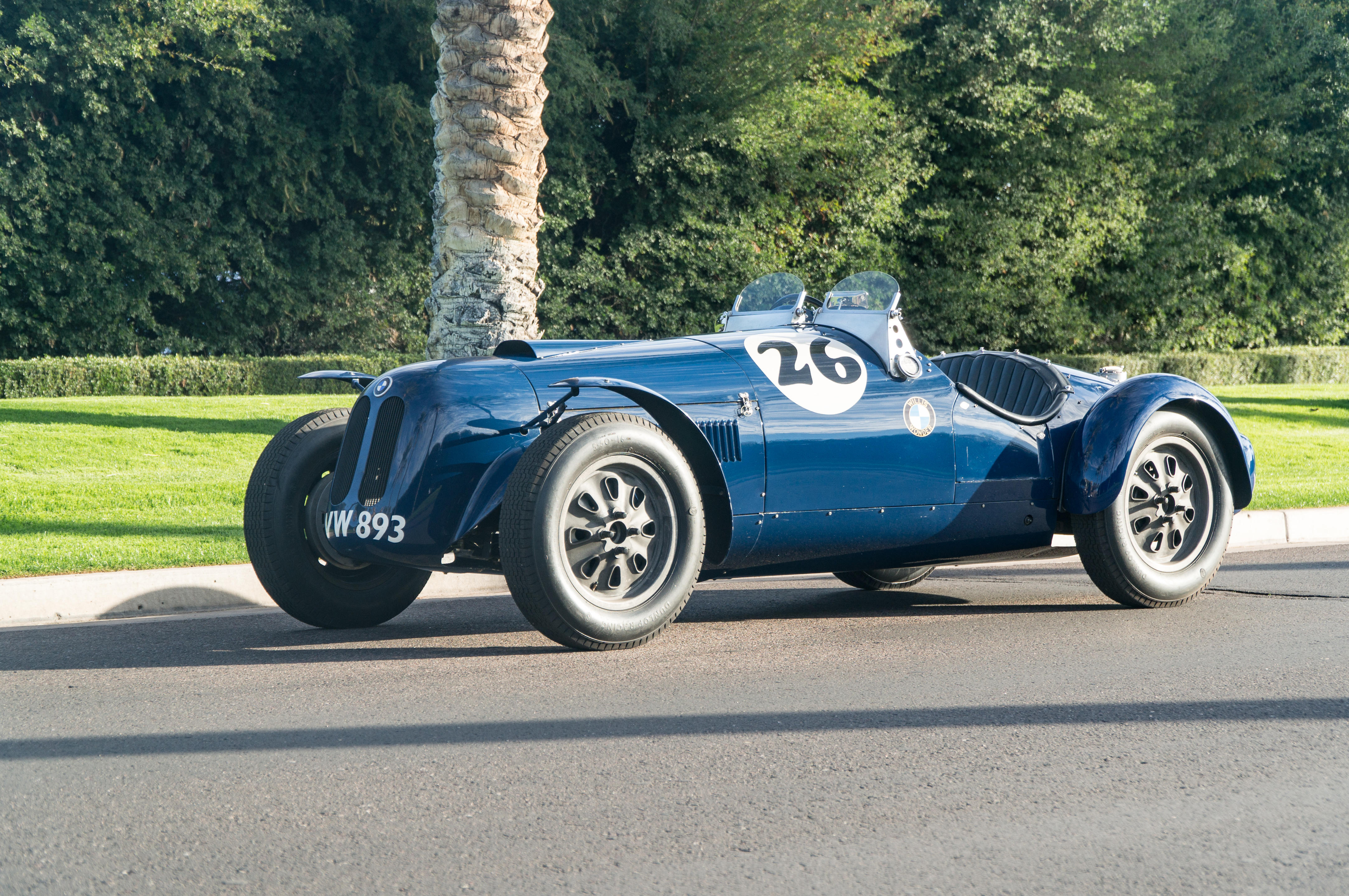

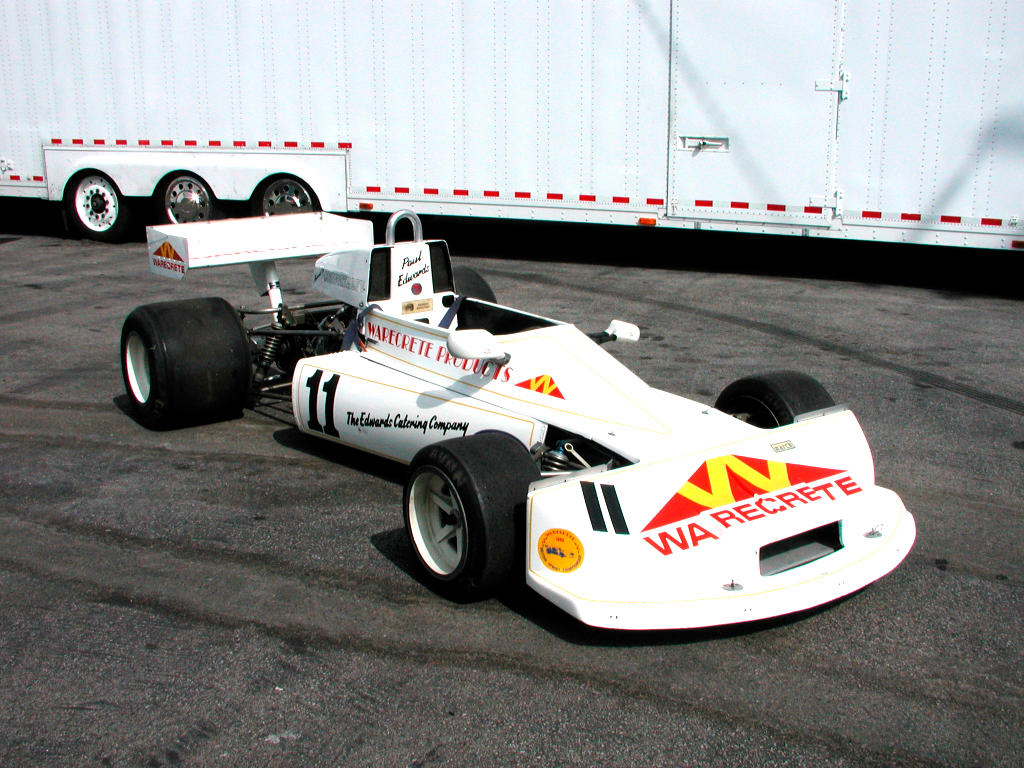
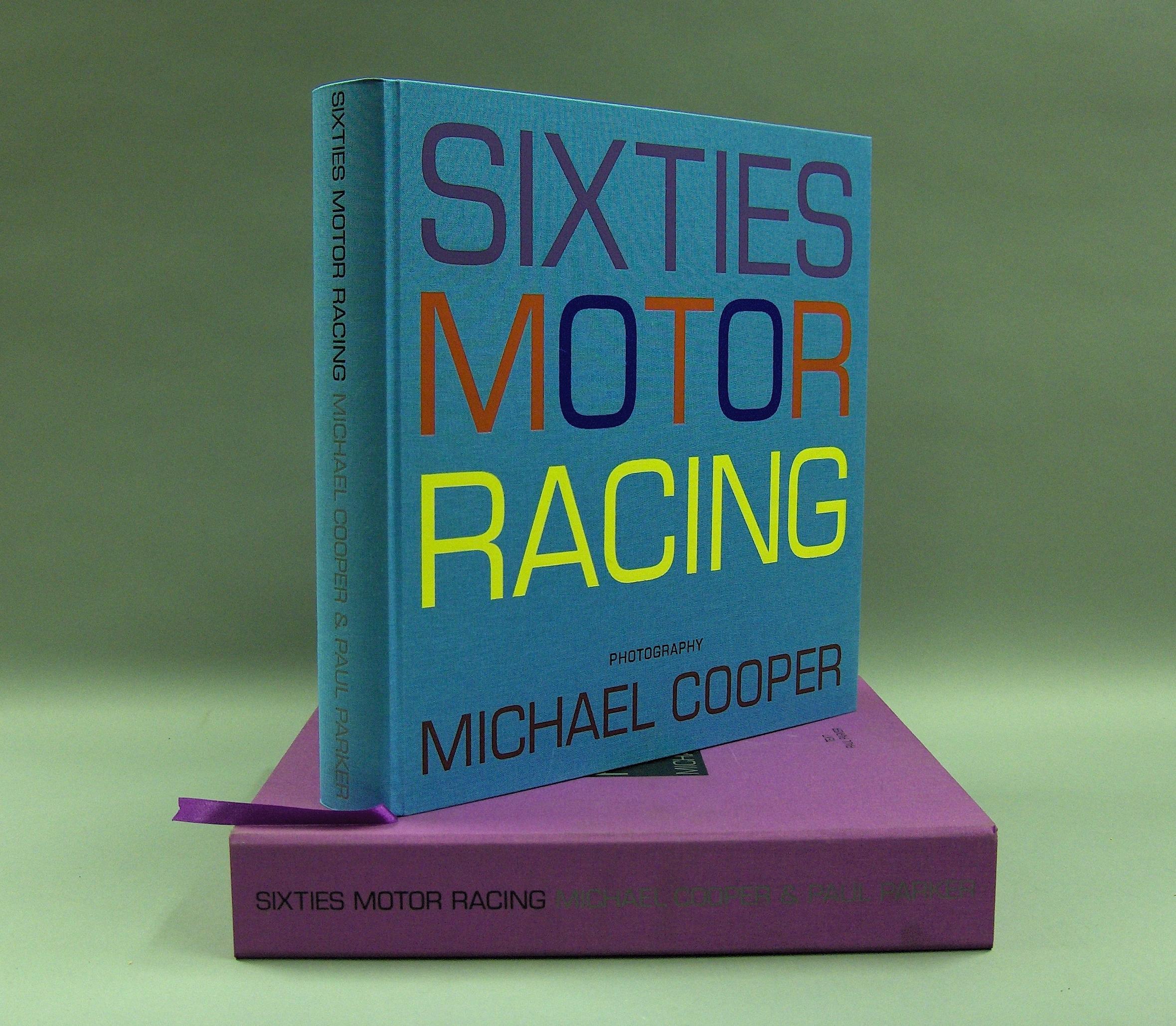

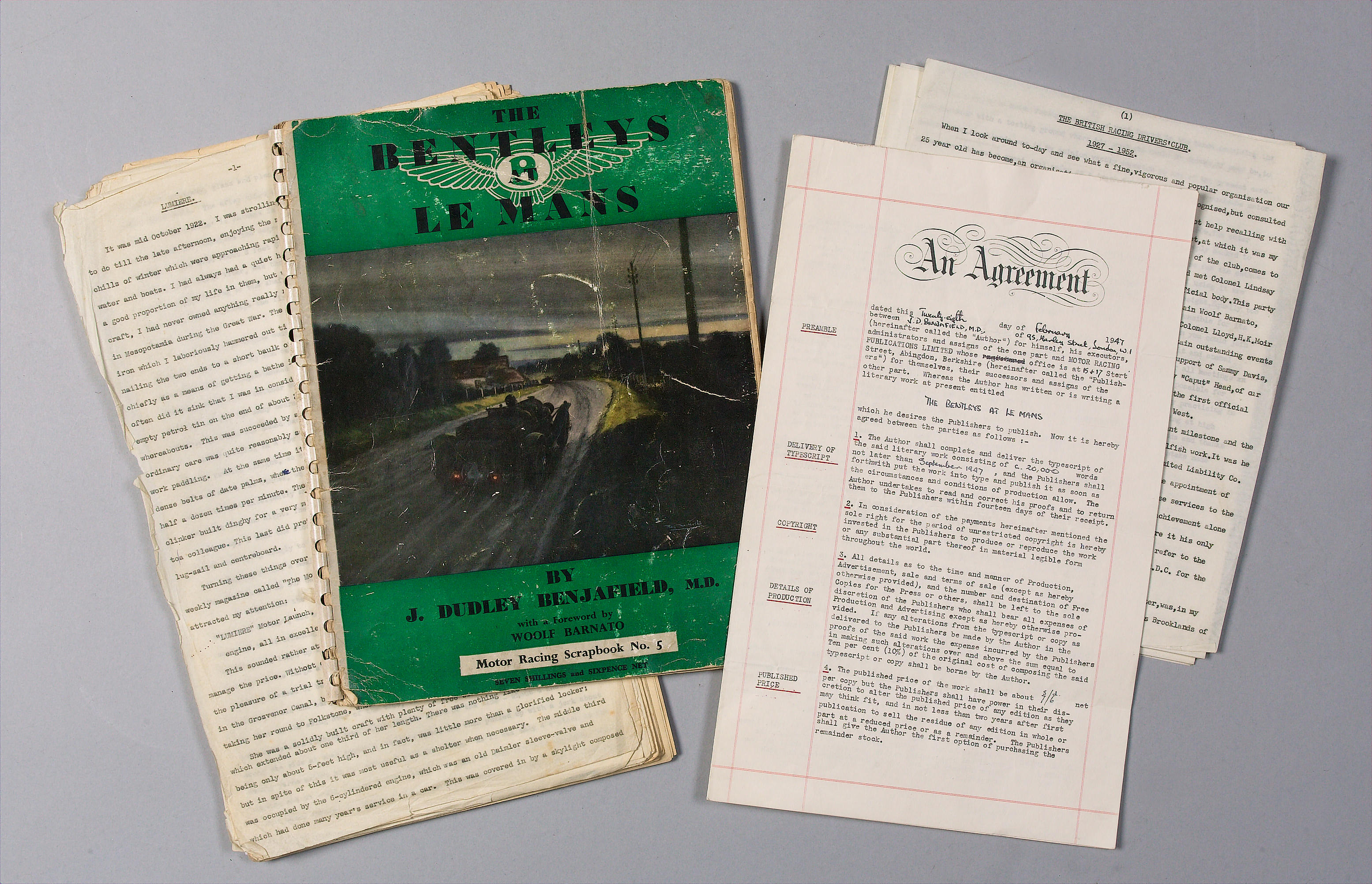
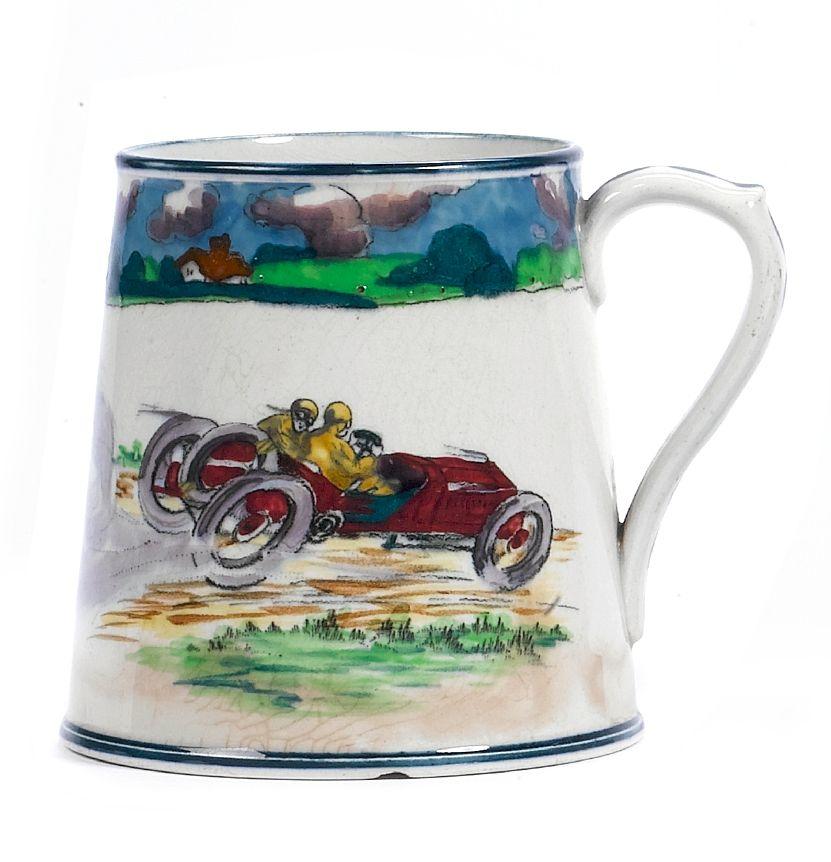
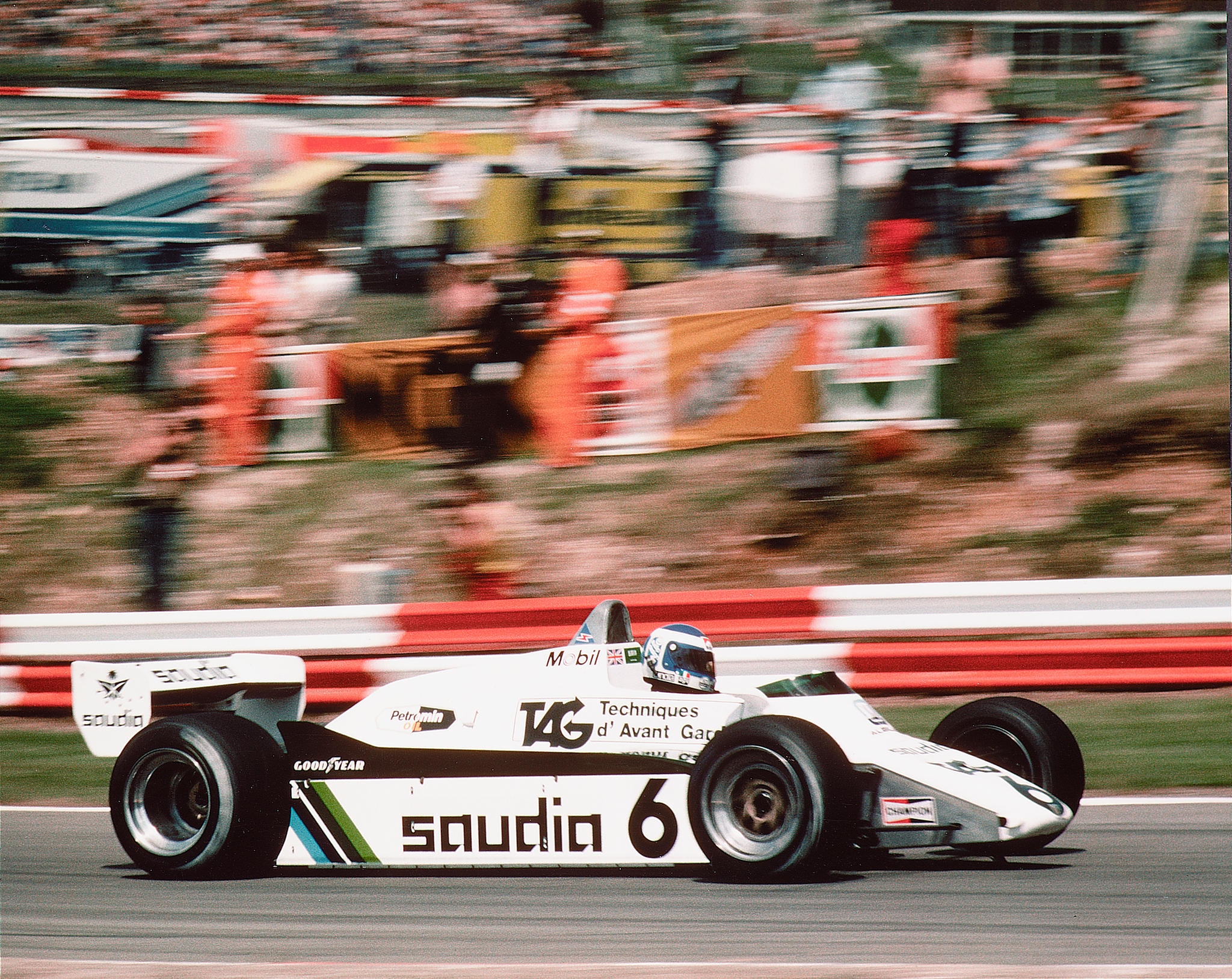
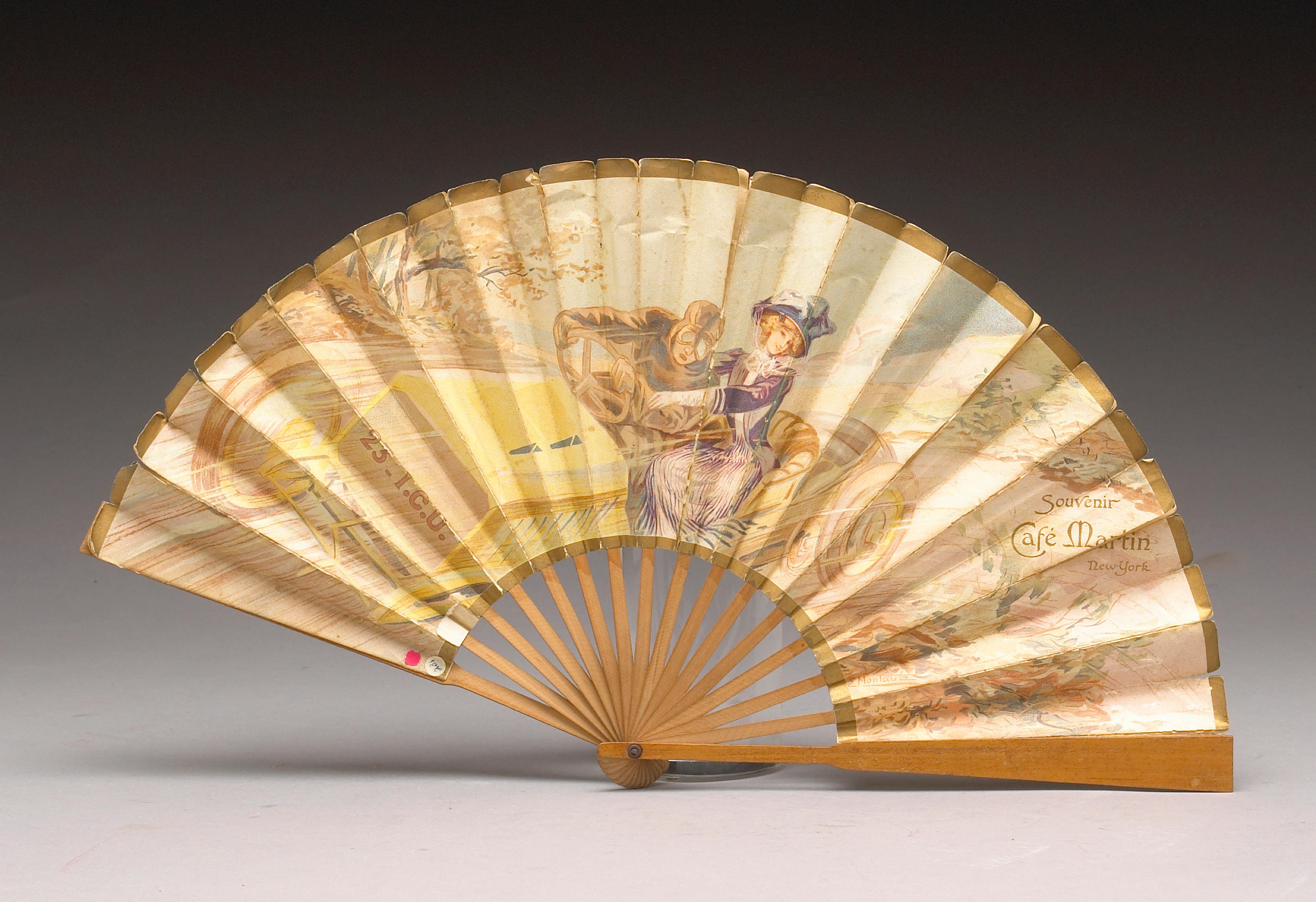
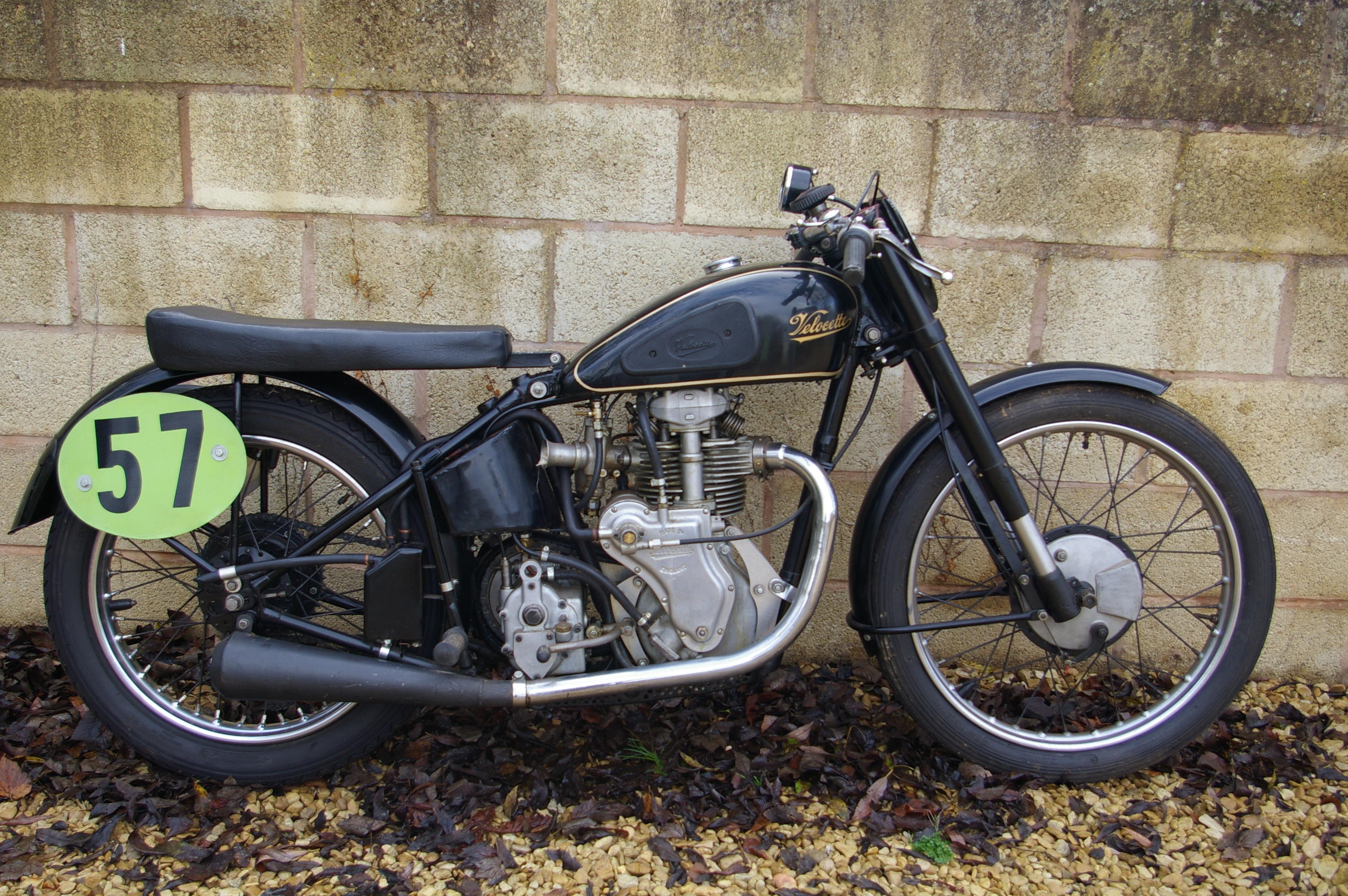
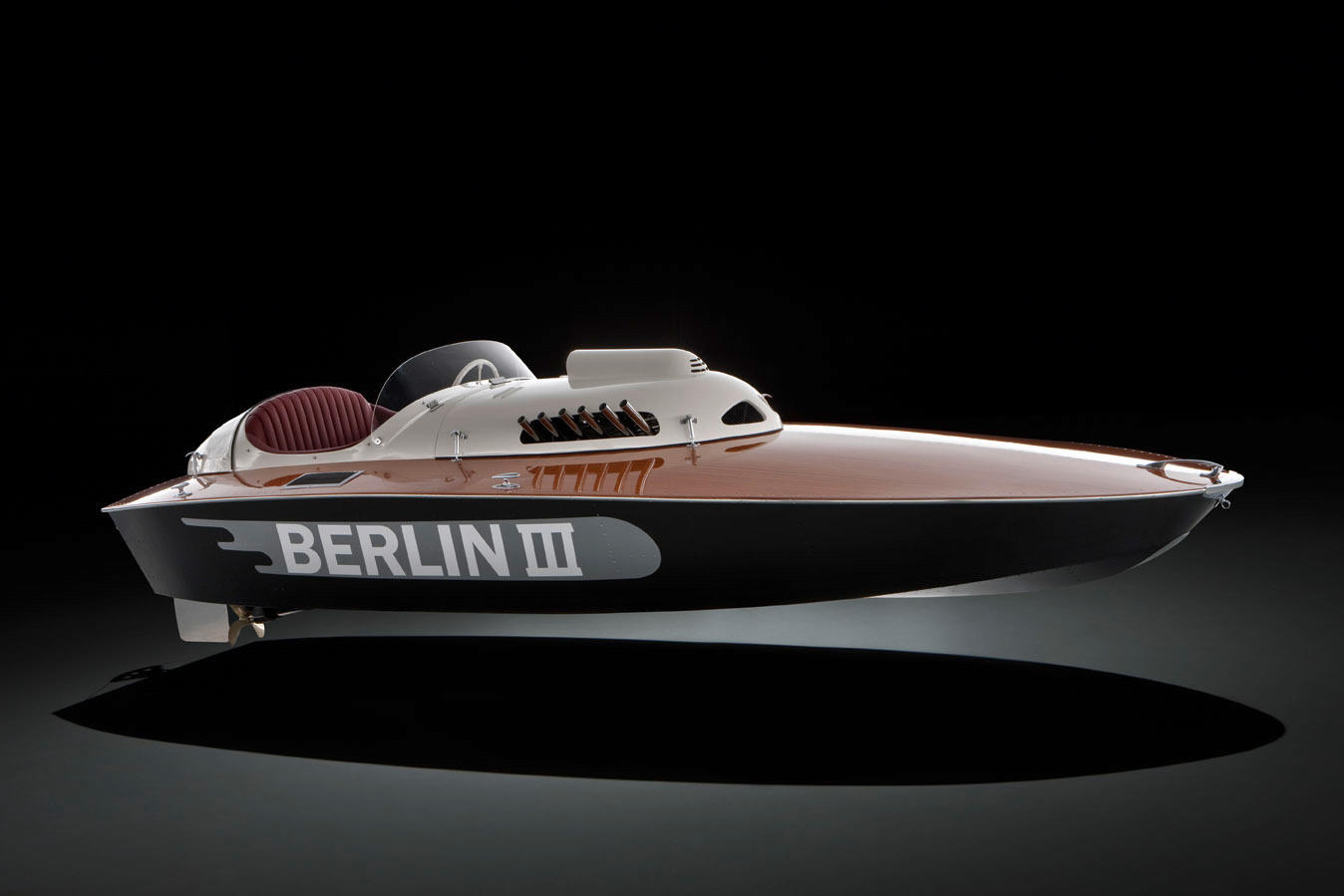
Testen Sie LotSearch und seine Premium-Features 7 Tage - ohne Kosten!
Lassen Sie sich automatisch über neue Objekte in kommenden Auktionen benachrichtigen.
Suchauftrag anlegen